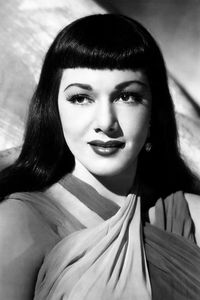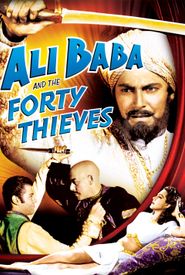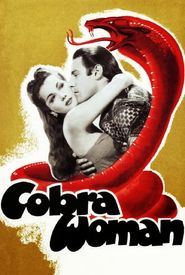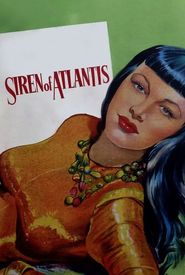In the midst of a world still reeling from the devastating effects of war and the crippling grip of the Great Depression, Hollywood, in the early 1940s, responded by crafting an array of popular, albeit often hastily produced, escapist films to lift the spirits of the globally dispirited. Universal Pictures, in particular, took the lead in creating such cinematic fare, as they consistently churned out a diverse range of films that captivated audiences worldwide.
These Universal "B" productions often featured a mix of fantasy and adventure, as seen in their series of monster movies, which ranged from wolf men to invisible women, and even invisible men, for that matter. The studio's output also included Sherlock Holmes films, where the iconic detective shifted from chasing killer hounds in 1890 to pursuing killer Nazis half a century later.
Maria Montez, a daughter of a Spanish diplomat, was a world traveler who had been educated in the Canary Islands. She initially attempted to establish herself as a stage actress in Europe, but ultimately found herself in New York City, working as a model in 1940. Montez's screen career began in 1941, when Universal cast her in bit parts, largely due to her strikingly exotic looks and her distinctive accent.
The studio soon paired Montez with other "exotics" like Sabu and Turhan Bey, often teaming her with a more "home-style" hero like Jon Hall, in a series of low-budget adventures filmed in Technicolor and set in fantasy lands. Montez herself frequently appeared in revealing attire, as she found herself threatened by an array of perils, from evil caliphs to man-eating sharks, to her own cobra-worshipping twin sister.
Despite her inability to act, dance, or sing, Montez's films became incredibly popular, as audiences flocked to see her in the role of an alluring beauty in distress. Her pictures were a sensation, as much for the tantalizing glimpses of her scantily clad, beauteous flesh as for the thrilling adventures she portrayed.
With the Depression long behind her and the end of World War II marking the demise of flying carpets, sand dunes, and deadly reptiles as viable subjects for attracting moviegoers, Montez and her husband, the actor Jean-Pierre Aumont, eventually abandoned Hollywood for Europe, where she appeared in a handful of French and Italian adventure films.
On September 7, 1951, Maria Montez was tragically discovered drowned in her bath, possibly having suffered a heart attack before her untimely demise.







































